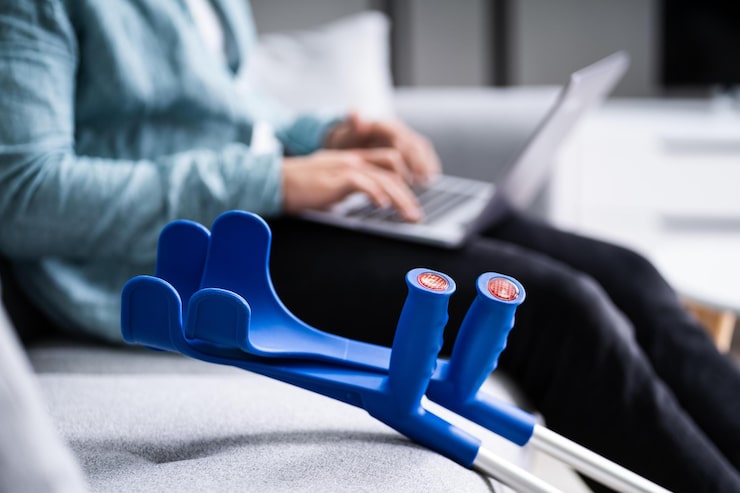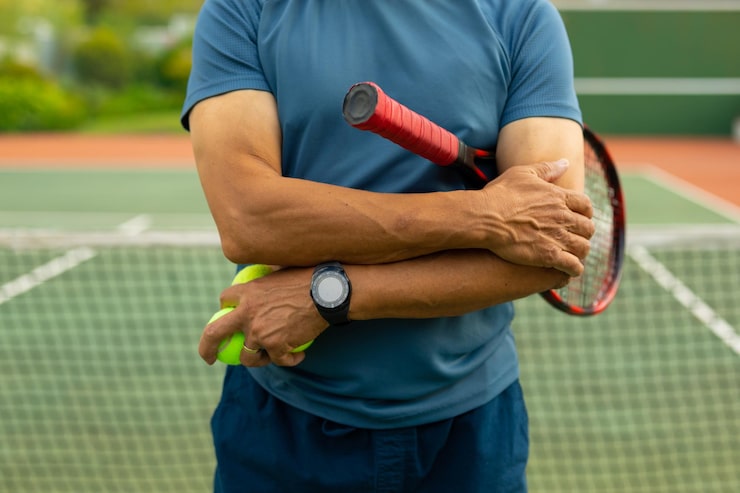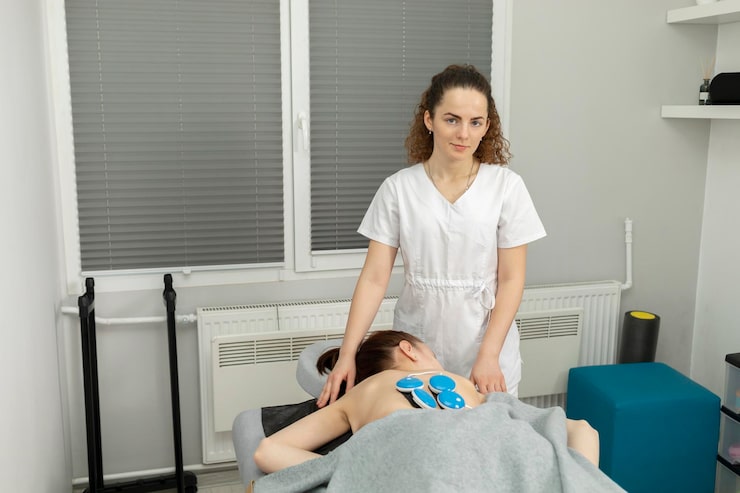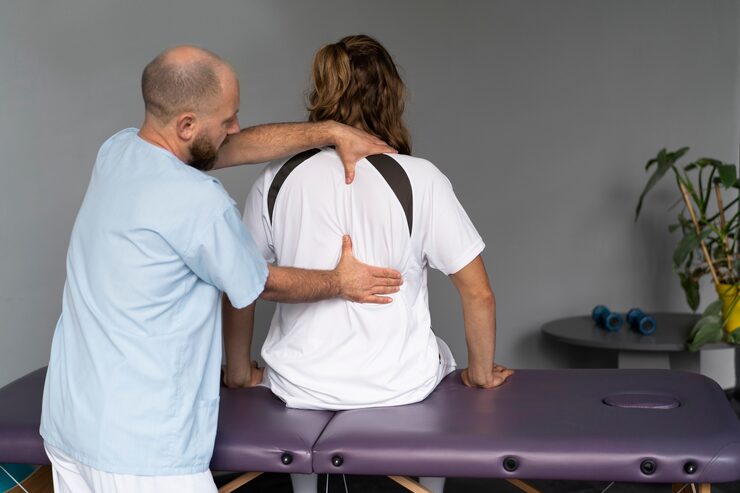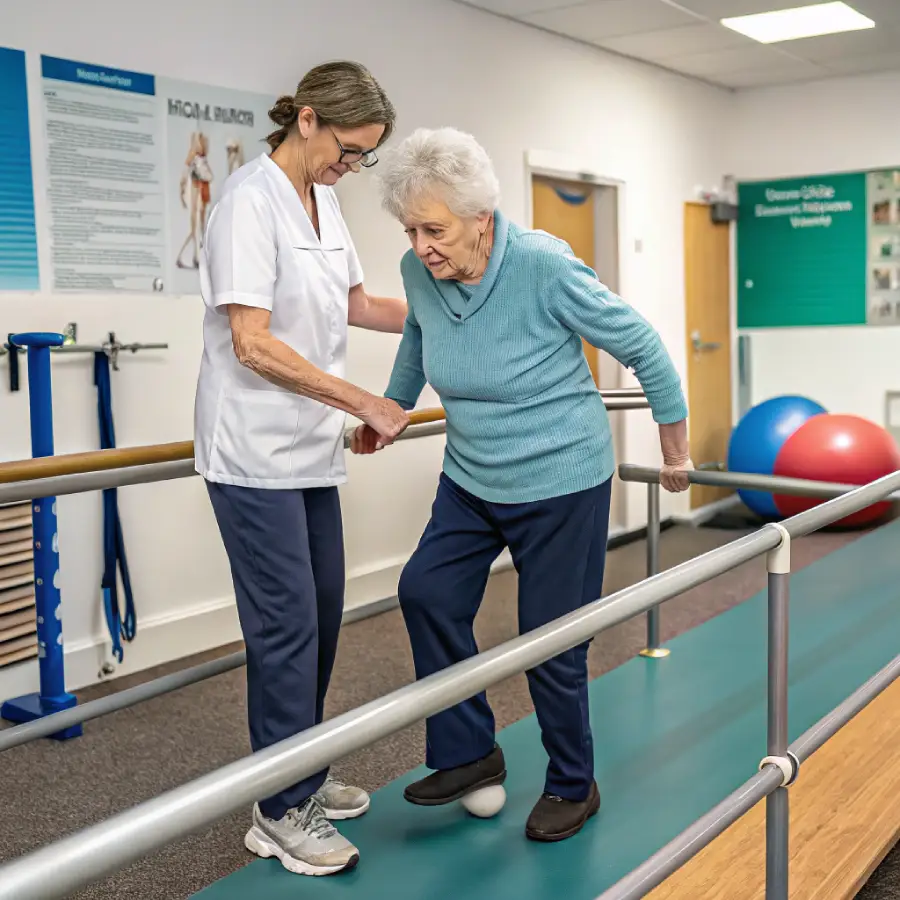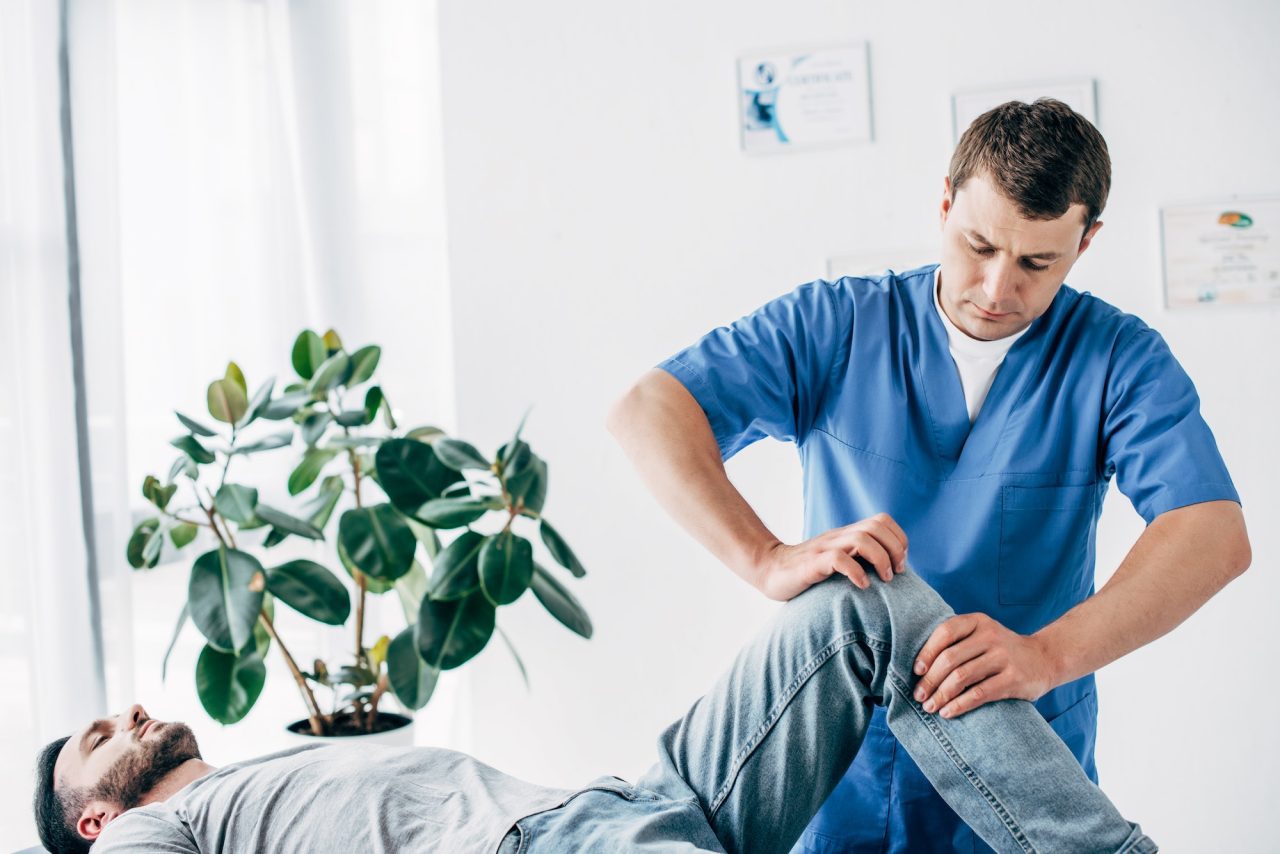Foot pain is more than just an occasional inconvenience—it can affect your daily life, mobility, and even your posture. If you have high arches, you probably understand this struggle all too well. Unlike flat feet, which often receive more attention, high arches (also known as pes cavus) can create a range of foot problems that are frequently overlooked. From instability and pain to an increased risk of injuries, having high arches can be a significant challenge.
Many people with high arches experience discomfort, fatigue, or even chronic pain in their feet, knees, hips, and lower back. The lack of proper shock absorption and weight distribution leads to pressure points that make simple activities like standing, walking, and running much harder than they should be. But there’s good news—custom orthotics can help alleviate these issues by providing tailored support that meets the unique needs of your feet.
If you’re struggling with high arches and wondering whether custom orthotics are the right solution, this comprehensive guide will walk you through everything you need to know. We’ll explore how high arches affect your feet, why orthotics are essential, and how they provide relief while ensuring better foot health and overall well-being.
What Are High Arches?
High arches occur when the instep (middle part of the foot) is raised higher than normal. This condition is often hereditary, but it can also develop due to neurological disorders, muscle imbalances, or other underlying medical conditions. Unlike normal arches that flex and absorb shock as you walk, high arches create an uneven weight distribution, leading to excessive pressure on the heel and ball of the foot.
For Custom Orthotics in Scarborough, Call us
Common Symptoms of High Arches
If you have high arches, you might experience:
- Foot pain and fatigue – Lack of proper shock absorption can cause discomfort and aching feet.
- Instability and balance issues – High arches can cause the foot to roll outward (supination), increasing the risk of ankle sprains and instability.
- Calluses and pressure points – Excessive pressure on the ball and heel of the foot can lead to painful calluses or corns.
- Toe clawing – The toes may curl downward due to imbalanced foot mechanics.
- Knee, hip, and lower back pain – Poor foot alignment can affect posture and create pain in the joints above.
Many people with high arches don’t even realize that their foot structure is causing their discomfort. If left untreated, high arches can lead to chronic pain, mobility issues, and even long-term joint problems.
Why Custom Orthotics Are Essential for High Arches
Unlike off-the-shelf shoe inserts, custom orthotics are designed specifically for your foot structure. They help correct alignment, provide proper arch support, and reduce pressure on key areas of the foot. Without the right support, individuals with high arches may continue to experience foot pain, discomfort, and an increased risk of injuries.
✔️ Also read: How Do i Know if i Need Physiotherapy?
How Custom Orthotics Help With High Arches
1. Even Weight Distribution
One of the biggest issues with high arches is uneven weight distribution. Most of the pressure is placed on the heel and the ball of the foot, leading to pain, calluses, and even stress fractures. Custom orthotics help by distributing pressure more evenly, reducing strain on any one area of the foot.
2. Shock Absorption and Cushioning
Because high arches don’t absorb shock well, the impact of each step travels up the legs, putting stress on the ankles, knees, hips, and spine. Custom orthotics provide additional cushioning, especially in the heel and forefoot, which absorbs shock and reduces overall impact.
3. Preventing Supination (Outward Rolling of the Foot)
People with high arches often supinate, meaning their foot rolls outward when they walk or run. This unnatural movement can lead to ankle instability, pain, and a higher risk of injuries. Custom orthotics correct foot alignment by supporting the arch and preventing excessive outward rolling.
4. Improving Foot Stability
Since high arches can cause instability, people with this foot structure may find it difficult to maintain their balance. Custom orthotics are designed with a deep heel cup and proper arch support, keeping the foot aligned and improving overall stability.
5. Preventing Long-Term Damage
When left untreated, high arches can lead to chronic issues such as plantar fasciitis, metatarsalgia, Achilles tendonitis, and lower back pain. Custom orthotics can help prevent these problems by promoting proper foot mechanics and reducing strain on joints and tendons.
✔️ Also read: How can physical therapy help Parkinson’s Disease?
Custom Orthotics vs. Store-Bought Insoles
Some people wonder whether they should opt for custom orthotics or store-bought insoles. While over-the-counter insoles provide some level of cushioning, they lack the tailored support needed for high arches.
| Feature | Custom | Store-Bought |
|---|---|---|
| Fit | Custom | One-size |
| Arch Support | Exact | Generic |
| Durability | 1-5 yrs | 3-6 mos |
| Pain Relief | Targeted | General |
How to Choose the Right Custom Orthotics for High Arches
If you’re considering custom orthotics, keep these factors in mind:
✔ Arch Height – Ensure the orthotic matches the height of your arch for proper support.
✔ Material Choice – Orthotics come in soft, semi-rigid, and rigid materials. The right one depends on your activity level and foot condition.
✔ Cushioning – Additional heel and forefoot padding can improve comfort and shock absorption.
✔ Professional Assessment – A podiatrist or orthopedic specialist can analyze your gait and foot structure to design the most effective orthotics.
Additional Tips for Managing High Arches
In addition to wearing custom orthotics, here are some extra steps to reduce discomfort and keep your feet healthy:
✅ Stretching & Strengthening Exercises – Stretching the calves, Achilles tendon, and foot muscles can improve flexibility and reduce pain.
✅ Wear Supportive Footwear – Choose shoes with proper arch support, cushioning, and a stable sole. Avoid high heels and unsupportive flats.
✅ Use Ice Therapy & Massage – Helps reduce inflammation and muscle tension in the feet.
✅ Visit a Specialist – If pain persists, consult a podiatrist for further evaluation.
Final Thoughts
If you suffer from high arch foot pain, investing in custom orthotics can make a significant difference in your comfort and overall foot health. Unlike generic insoles, custom orthotics are designed to provide targeted support, ensuring even weight distribution, better shock absorption, and improved stability. Whether you’re standing all day, exercising, or just going about daily activities, the right orthotics can prevent long-term damage and enhance your quality of life. Don’t let foot pain control your daily routine—take the first step toward relief by exploring custom orthotic solutions today.



